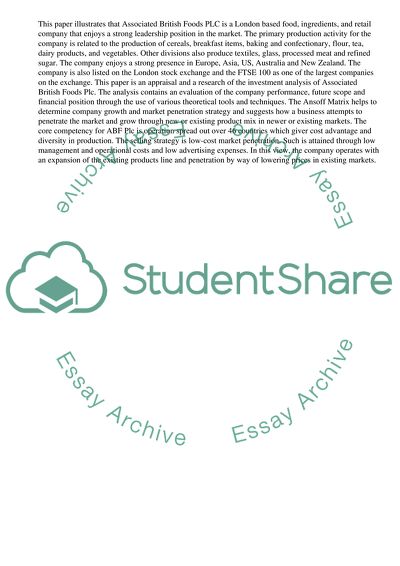Cite this document
(“Associated British Foods: Corporate structure, Parenting and Portfolio Essay”, n.d.)
Associated British Foods: Corporate structure, Parenting and Portfolio Essay. Retrieved from https://studentshare.org/business/1628736-management-strategy-organisations
Associated British Foods: Corporate structure, Parenting and Portfolio Essay. Retrieved from https://studentshare.org/business/1628736-management-strategy-organisations
(Associated British Foods: Corporate Structure, Parenting and Portfolio Essay)
Associated British Foods: Corporate Structure, Parenting and Portfolio Essay. https://studentshare.org/business/1628736-management-strategy-organisations.
Associated British Foods: Corporate Structure, Parenting and Portfolio Essay. https://studentshare.org/business/1628736-management-strategy-organisations.
“Associated British Foods: Corporate Structure, Parenting and Portfolio Essay”, n.d. https://studentshare.org/business/1628736-management-strategy-organisations.


